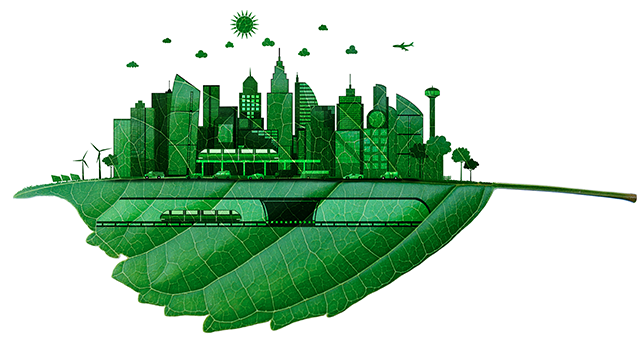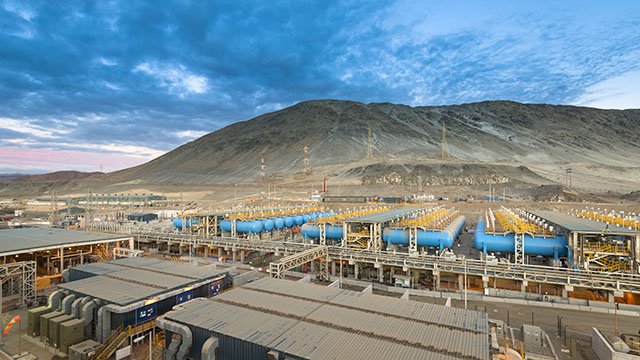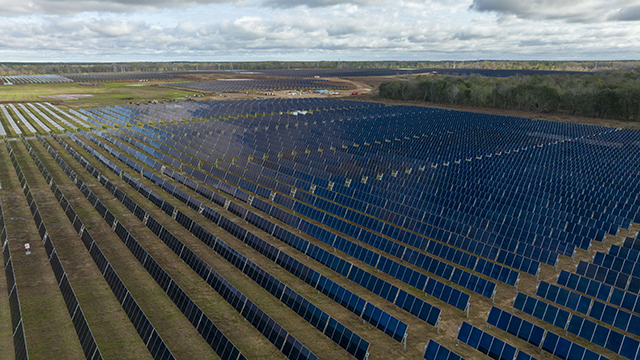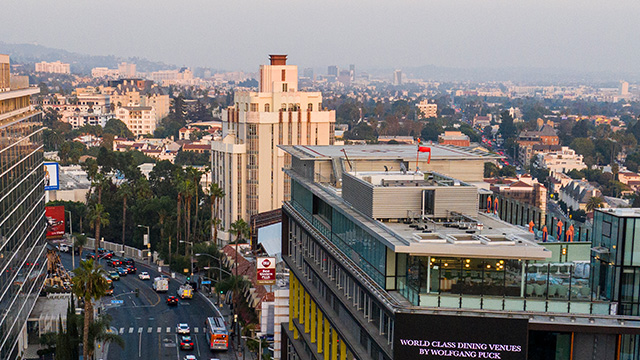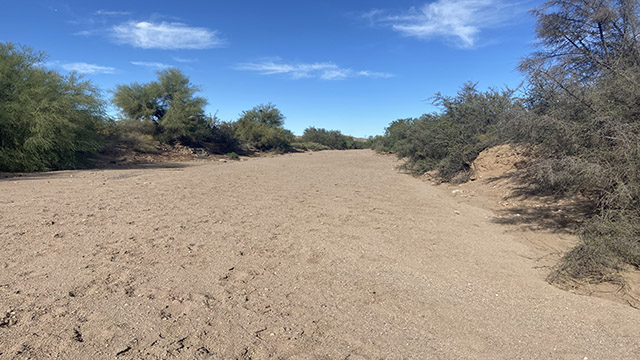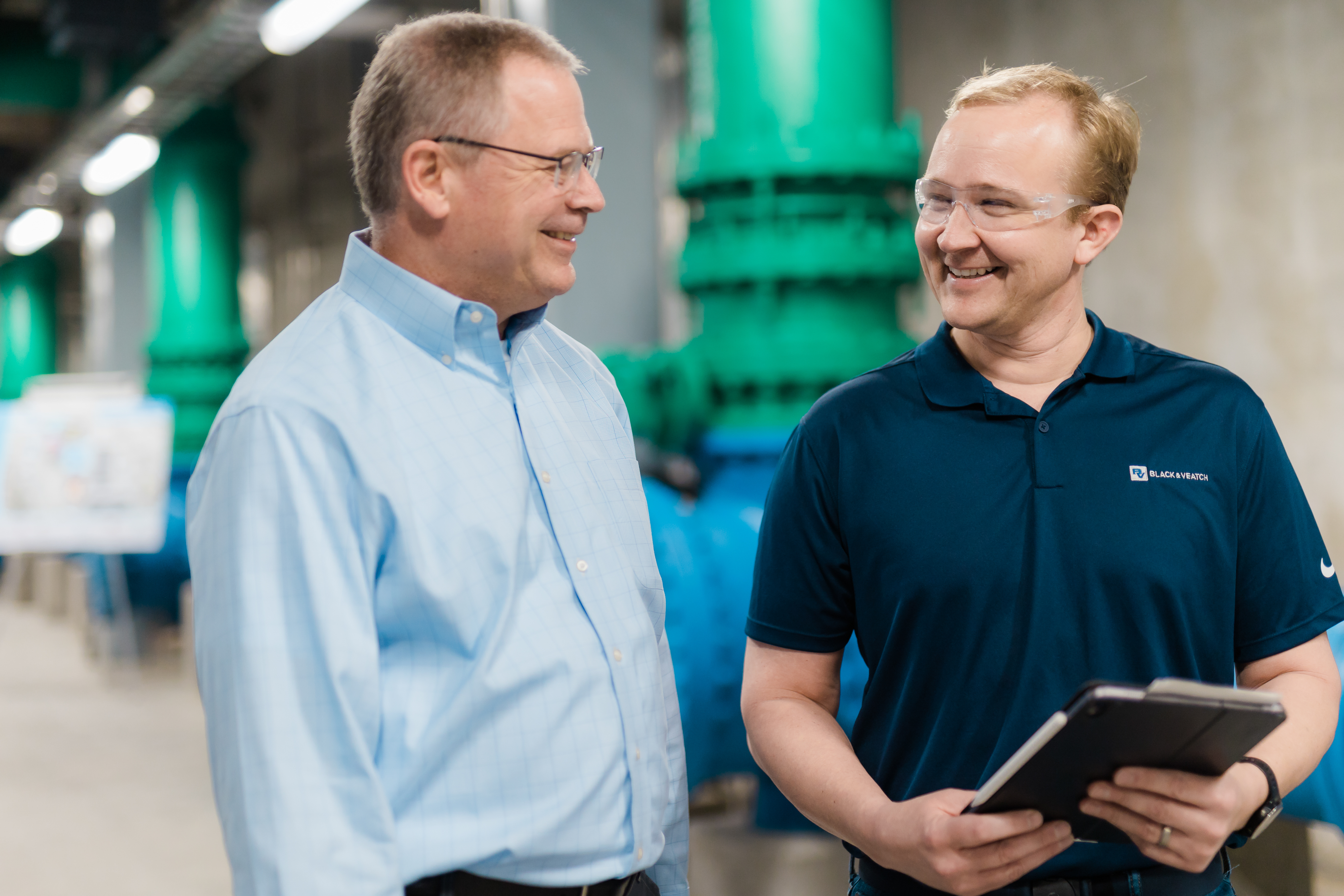For nearly a century, waste slag and sludge was dumped next to the Sharon Steel plant in Sharon, Pennsylvania. The waste contained metals and polyaromatic hydrocarbons at levels that presented risk to human health and the environment. As a result, the site was listed as a Superfund site by the U. S. Environmental Protection Agency (EPA) in 1998. The federal government enacted the Superfund Act as a measure to clean up hazardous waste sites.
The EPA asked Black & Veatch to provide a remedy. First, Black & Veatch needed to complete the remedial investigation started by another company. In addition, the company was to develop a strategy to correct damage to the 400-acre (162-hectare) site.
To determine the nature and extent of contamination, the project team took several steps. It conducted animal trapping and tissue residue studies, as well as toxicity and bioaccumulation studies. They also performed well installation and groundwater modeling. And they analyzed data using a geographic information system as part of their work.
The team developed a biosolid alternative in response to the high costs of traditional capping or excavation methods available. The final feasibility study recommended that approach. It received concurrence from the state and met no public opposition. Working with the EPA’s technical experts in soil amendments, Black & Veatch used a combination of proven technologies to meet the site’s financial and technical challenges.
First, the site was regraded to eliminate sharp grades and erosion of contaminated material into the adjacent wetlands and river. The riverbank was planted with willow and poplar trees to create a bioengineered solution that replaces the riparian cover of the river. The poplar trees also draw contaminated water out from the surface aquifer before it discharges into the wetlands and river, allowing these systems to recover with time.
The project team used biosolids to amend surface slag and sludge. They used a lime-treated residual sludge from local wastewater treatment facilities. Soil amended in this manner binds metals and polyaromatic hydrocarbons. It also brings about rapid establishment of sustainable vegetation at the site and eliminates dust. In addition, Black & Veatch was able to show that a large wetland area next to the site was effectively treating contaminated groundwater. The team developed a long-term monitoring plan to ensure its continued effectiveness.

